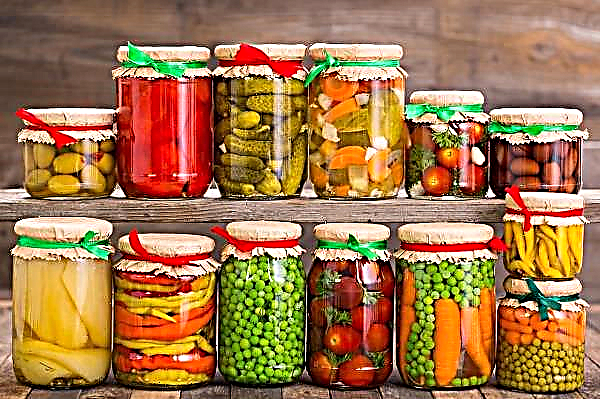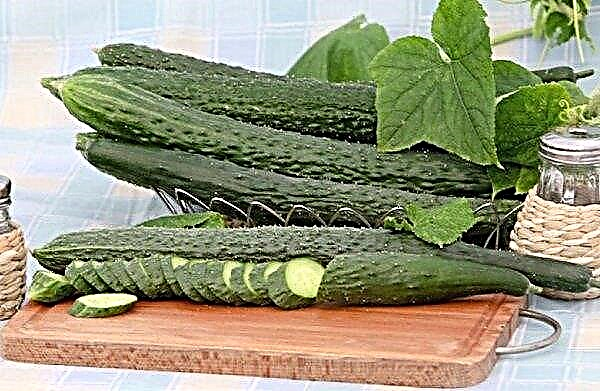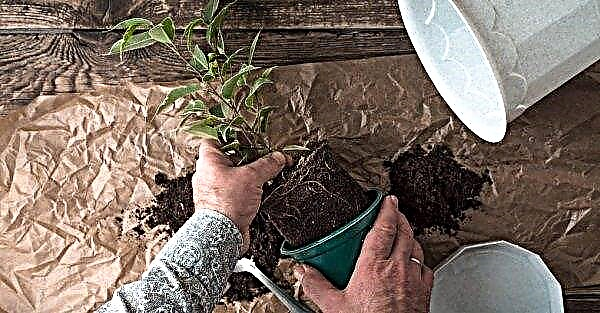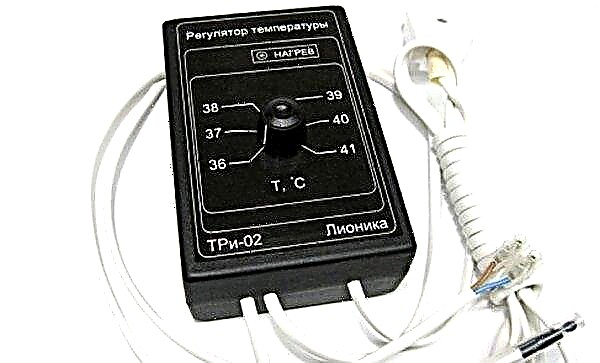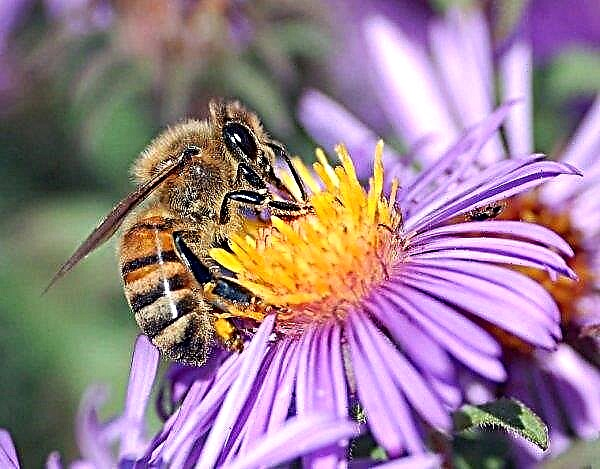Multiflora Orchid is a beautiful home plant, distinguished by decorative, airy flowers and unpretentiousness in care. What is this plant, what are the ways of its propagation, how to properly care for such an orchid at home - read below.
Botanical description of the plant
Phalaenopsis Multiflora is a hybrid type of orchid that is perfectly adapted for growing at home.
It differs from other types of orchids in its ability to bloom 2-3 times a year, practically without rest, and also has a peculiarity of leaf growth: when a new leaf plate grows, the old one withers and disappears. The Multiflora orchid does not have a growth point, and shoots grow directly from the soil. Unlike other varieties of orchids, the multiflora shoots at Multiflora have many branches on which flowers bloom.
The plant belongs to the genus of epiphytes and is medium-tall, reaching a height of 50 cm. A leaf rosette can contain up to 10 leaves, which have an oblong shape and reach a length of 35 cm. Leaf plates are green, dense to the touch.
Flowers contain 5-6 petals, are combined into inflorescences of up to 15 flowers. The plant can produce up to 6 flower stems - they are thin, quickly breaking, branched.
Shades of petals can be:
- pink;
- white
- lilac;
- purple.
When growing a crop at home, its flowering lasts almost a whole year with small rest interruptions. One flowering period can last for 6 months, and after 1-2 months of dormancy continue again. In winter, Multiflora blooms less luxuriantly.
House growing conditions
The most important condition for successful orchid cultivation is the creation of optimal conditions for its maintenance.
Location selection and lighting
The orchid loves space and good lighting, it requires a long daylight hours of up to 12 hours, which can be organized with the help of additional electric lighting in cloudy weather and evening hours.
If the orchid is on the windowsill, to protect from sunlight, use a regular sheet of paper, which is hung on the window, slightly shading the flower.
Multiflora orchid should stand alone on the windowsill, otherwise it will be closely with other plants and it will begin to fade.Important! Scorching sunlight can damage the leaves and flowers of the plant in the form of burns, so the lighting should be scattered.
The location of the flower in the house must be determined immediately after purchase, because it can not be moved during the buds. Culture is best displayed from the south or west side of the house.
Ventilation
It is necessary to regularly air the room where the orchid is contained. Airing is carried out daily in the morning and evening for 10-15 minutes. When airing, it is necessary to monitor where the air flow is directed, because the culture does not accept drafts.
Temperature mode
The temperature regime should be as warm as possible. In summer, the permissible temperature norm is +25 ... + 30 ° С in the daytime and + 22 ° С - at night. During the winter cold weather, the level of the thermometer in the room should not be lower than + 21 ° C during the daytime and not lower than + 18 ° C at night.
Important! If the leaf plates of the orchid in the winter began to fade and frown, then the room temperature is too low for the plant.
Air humidity
The culture does not like high humidity, for its normal growth and development, a humidity indicator of 40% is suitable. With increased humidity, the orchid begins to rot leaves and rhizome.
Home Care
It is not difficult to take care of the orchid, the main thing is to follow the rules of watering and transplant the plant on time.
Watering
Watering the crop is necessary in moderation, avoiding stagnation of water. Water for irrigation is upheld for 2 days, its temperature should be within +20 ... + 25 ° С.
The orchid is watered 1 time in 5 days, introducing liquid under the root, avoiding moisture on the stems and leaves. If the air is dry in the room, then use the spray irrigation technique with the smallest drops, spraying water over the flower. The procedure is performed in the morning every 2 days, so that moisture does not enter the sinuses of the leaf plate.
Top dressing
For orchids, complex fertilizers are used, which are applied together with watering. Top dressing in winter and summer is applied once a month, and in autumn and spring - once every 2 weeks.
For fertilizer, you can use the drug "Garden of Miracles", which is diluted according to the instructions: 2 caps per 1 liter of water.Did you know? There are species of orchids that look like tree-like vines and reach a height of up to 35 m.
Transfer
Multiflora orchid transplantation should be carried out every 2 years in order to change a small pot and change the soil substrate.
For orchids, only transparent pots are chosen, because its root system needs lighting. The container for transplantation should be 2 cm larger than the previous diameter and 3 cm higher.
So that the plant does not get sick, when transplanting, it is recommended to leave a little old substrate in which the orchid grew.
The substrate for transplantation is prepared independently according to the following instructions:
- Take 2 kg of pine bark, without tar and trunk residues.
- The bark must be crushed into pieces about 10 × 10 mm in size.
- The crushed bark must be boiled for 3 minutes, then drain the water and boil in fresh water again.
- After boiling, the liquid is drained, and the bark is dried in an oven at a temperature of + 160 ° C until completely dry.
- For 1 kg of dried bark, 250 g of birch charcoal is added.
Step-by-step instructions for transplanting orchids:
- Carefully remove the flower from the old pot, holding the plant by the base. If the plant is difficult to pull out, you can cut the pot along and get the rhizome.
- Free the root system from old soil. If the roots are too cohesive and the soil is difficult to shake off, then it is removed by rinsing under running water.
- Before transplanting, the plant should be carefully examined for the presence of rotten roots or yellowed leaves that are completely removed.
- On the bottom of the pot lay out a drainage base in the form of expanded clay with a layer of 2 cm.
- Lower the plant in a pot and sprinkle a few centimeters with old soil, and then add to the top a new soil substrate.
- When soil is introduced into the pot, it must be ensured that it densely fills the entire tank and voids do not form in the root system. If the substrate does not pass well, you can gently push it with a wooden stick.
Video: Multiflora Orchid Transplant
How to propagate at home
There are several ways to propagate a plant:
- sprouts;
- seeds.
Seeds
A flower of culture forms a seed box. Depending on the size of the flower, the seed box ripens from 3 to 8 months. To collect orchid seeds, a small napkin is tied to its base during the ripening period of the seed box, so that a small pocket is obtained. When cracking the box, the seeds fall into the pocket and do not crumble.
To sprout orchid seeds, use special twisted flasks. Fresh sphagnum moss is taken as a substrate, which should be sterilized in boiling water for 3 minutes.Important! Propagation of orchids is carried out in the spring, before or after flowering.
The sterile substrate is half-poured into the flask for germination and 4–5 seeds are carefully introduced with tweezers. The flask is clogged. Germinate material for 3 months at a temperature of + 23 ° C and lighting 14 hours a day.
Sprouted seedlings are transplanted into a container with a substrate of pine bark (1 kg) and birch coal (250 g) at a distance of 5 cm from each other. The container is covered with a flask to create the effect of a greenhouse.
Sprout
Orchid sprouts emerge from the buds of a peduncle root or shoot. Appeared sprouts do not cut immediately after emergence. It is necessary to wait until 4-5 months have passed so that the roots grow to 5 cm in length and 4 leaves appear on the sprout.
When a sprout matures, it is cut off, and the place of the cut is sprinkled with charcoal to avoid infection. The sprout is dried for 8-10 hours by spreading on a sheet of paper.
The plant is planted in a separate container filled with moistened chopped pine bark. The planted sprout is covered with a flask and placed in a room with a temperature of + 23 ° C. The flask is removed after the appearance of a new leaf on the sprout, which will indicate the successful rooting of the flower.Did you know? The orchid family is one of the oldest on the planet, because it originated about 145 million years ago.
The sprout requires periodic watering, which is carried out 1 time in 5 days.
Possible growing problems
The most common problems when growing orchids and their solution:
- Falling buds and leaves of the plant. The problem is due to a lack of light and humidity. It is necessary to rearrange the plant in a more illuminated place and increase the frequency of hydration from the spray to 2 times a day every 2 days.
- The leaf plates were covered with red spots and wrinkled around the edges. To get rid of the problem, you should adjust the temperature regime indoors so that the temperature difference is felt at night and during the day by about 8 degrees.
- The roots of the plant peek out through the pot. The solution to the problem is to transplant the flower into a more comfortable and roomy flowerpot.
- The plant does not bloom. The solution to the problem is thermal stress, which is done by a sharp temperature drop at night from + 18 ° C to + 26 ° C and above during the day.


